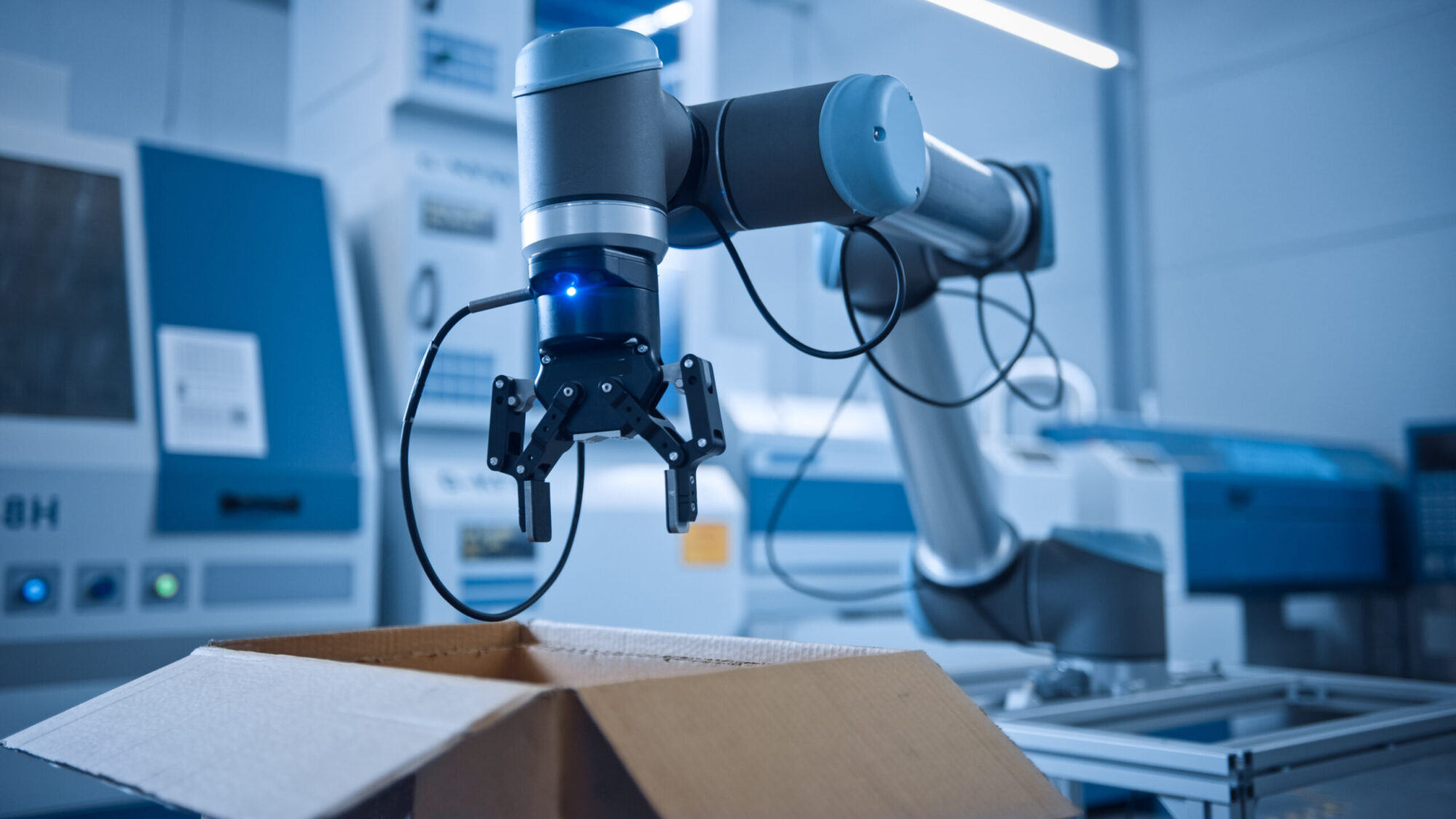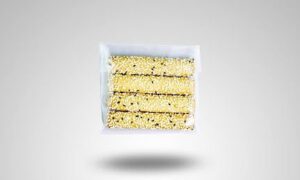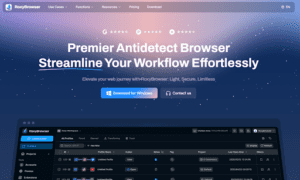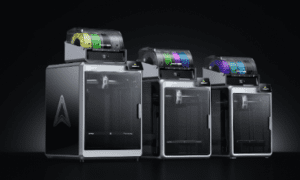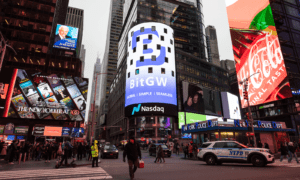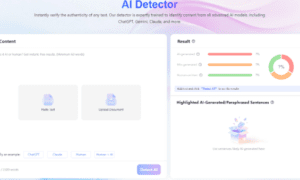From voice-activated fridges to drones delivering takeout, tech has revolutionised every part of our lives – and the packaging world is no exception. While packaging was once an afterthought in the product lifecycle, smart packaging technologies have flipped the script. Today, sensors, IoT devices, and scannable codes are transforming the way products are tracked, packed, and delivered.
In a rapidly evolving supply chain landscape, innovation in packaging is no longer optional. It’s a competitive advantage.
What Is Smart Packaging?
Smart packaging goes beyond aesthetics or protective function. It incorporates technological elements such as QR codes, RFID tags, temperature sensors, and NFC chips to provide real-time data, improve traceability, and enhance user interaction.
There are two primary types:
- Active packaging: Uses tech to monitor or maintain the condition of the product (e.g. temperature-controlled pharmaceuticals).
- Intelligent packaging: Gathers and communicates data, such as geolocation or expiry status, to stakeholders across the supply chain.
These advances are not only modernising traditional logistics but also opening new frontiers and contract packaging solutions.
QR Codes and NFC: The Gateway to Consumer Engagement
QR codes are no longer just a COVID relic on restaurant menus. In packaging, they serve as gateways to everything from authenticity verification to instructional videos and sustainability certifications.
For brands, this creates an opportunity to engage directly with the end user while gathering insights on consumer behaviour. For logistics teams, QR and NFC codes offer a cheap, scalable solution for tracking individual units from warehouse to doorstep.
RFID and IoT: Revolutionising Inventory and Fulfilment
Radio-frequency identification (RFID) tags allow packages to be scanned without line-of-sight, unlike barcodes. This improves speed and accuracy in busy environments like distribution centres and automated warehouses.
When integrated with IoT (Internet of Things) platforms, RFID tags become even more powerful. Each product can transmit its location, condition, and even handling history in real time. This is invaluable for:
- Pharmaceuticals requiring temperature control
- Perishables with short shelf lives
- High-value goods prone to theft
Combined, RFID and IoT are reducing shrinkage, improving recall response times, and enhancing overall visibility across the supply chain.
Sensors That Think: Monitoring in Real Time
Smart packaging equipped with embedded sensors is making it possible to track:
- Temperature fluctuations
- Humidity
- Shock and vibration
- Gas emissions (e.g. spoilage indicators)
For industries like food, pharma, and cosmetics, this tech is a game-changer. Businesses can now proactively address issues before they become liabilities, improving both compliance and customer satisfaction.
And with rising consumer expectations around freshness and transparency, this is more than just operational efficiency – it’s brand survival.
Supply Chain Integration: Smart Packaging + Smart Systems
Smart packaging only reaches its full potential when integrated into a wider digitised supply chain. This is where contract packaging solutions become particularly valuable.
Specialist providers like Finishing Services in Australia are leveraging integrated management systems that tie packaging data into inventory systems, shipping platforms, and analytics dashboards. This allows for:
- Seamless batch and expiry coding
- End-to-end traceability
- Automated quality control workflows
- Scalable third-party fulfilment
Instead of retrofitting old systems to accommodate new tech, businesses can outsource packaging to experts already optimised for smart operations.
Sustainability Meets Intelligence
The tech isn’t just about efficiency – it’s also helping businesses meet their sustainability goals.
Smart packaging enables:
- Right-sized packaging through data-driven design
- Waste reduction by monitoring spoilage or overstock
- End-of-life tracking for recycling or disposal compliance
Consumers and regulators alike are paying attention. Packaging is now both a sustainability KPI and a marketing tool.
The Rise of Track-and-Trace Expectations
Thanks to Amazon, customers expect real-time tracking on everything from batteries to birthday cakes. Smart packaging makes this level of transparency possible even for small-to-midsize businesses – provided they partner with a tech-enabled logistics provider.
In this environment, companies that fail to implement traceability measures risk being left behind. And it’s not just about customer expectations. In sectors like pharmaceuticals, regulatory compliance now mandates a digital paper trail for safety and accountability.
Challenges and Barriers to Adoption
Despite the obvious advantages, smart packaging adoption isn’t without its hurdles:
- Cost of implementation remains a concern, particularly for low-margin industries.
- Data integration can be messy if legacy systems are in place.
- Standardisation is still lacking, making interoperability between platforms inconsistent.
However, as technology becomes cheaper and more modular, these barriers are steadily falling.
Real-World Impact: From Product Recall to Predictive Logistics
Smart packaging is not just a theoretical advantage. In practice, it can:
- Prevent spoilage in transit
- Detect counterfeit goods
- Trigger automated reordering
- Enable hyperlocal delivery mapping
- Re-route packages in the case of supply chain interruption
During regional disruptions or geopolitical uncertainty, this type of adaptability becomes mission-critical. As shown in recent cases of regional tensions affecting logistics, companies with agile, transparent supply chains are far better positioned to weather shocks.
Where to Next?
The next frontier is likely to involve AI-powered analytics interpreting the flood of data smart packaging provides. Rather than just track a shipment, businesses will be able to predict issues, adapt workflows, and refine logistics in real-time.
We may also see more packaging itself becoming interactive – think AR overlays, smart labels that change colour with temperature, or dynamic pricing linked to shelf life.
But no matter where the tech goes, one thing is clear: packaging is no longer the end of the production line. It’s now the intelligent bridge between manufacturing, logistics, and the end user.
Final Thoughts
Smart packaging is not just a buzzword – it’s an essential part of modern, tech-driven supply chains. From real-time tracking to enhanced sustainability and consumer engagement, the potential applications are vast.
For companies looking to stay competitive in a fast-moving marketplace, partnering with a provider offering contract packaging solutions is one of the fastest ways to integrate these technologies without reinventing their entire logistics network.
Because in today’s world, packaging isn’t just wrapping – it’s intelligence.

